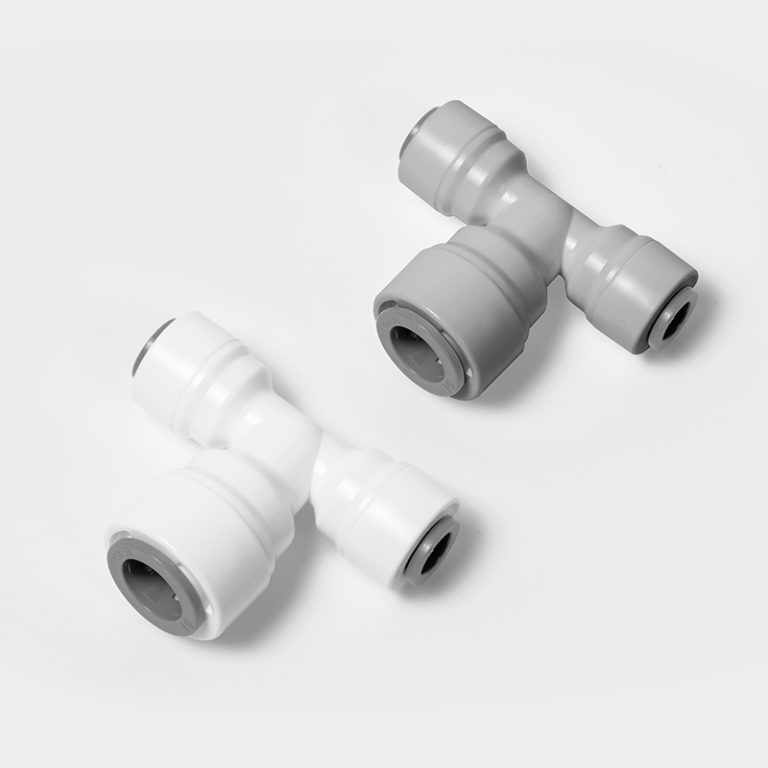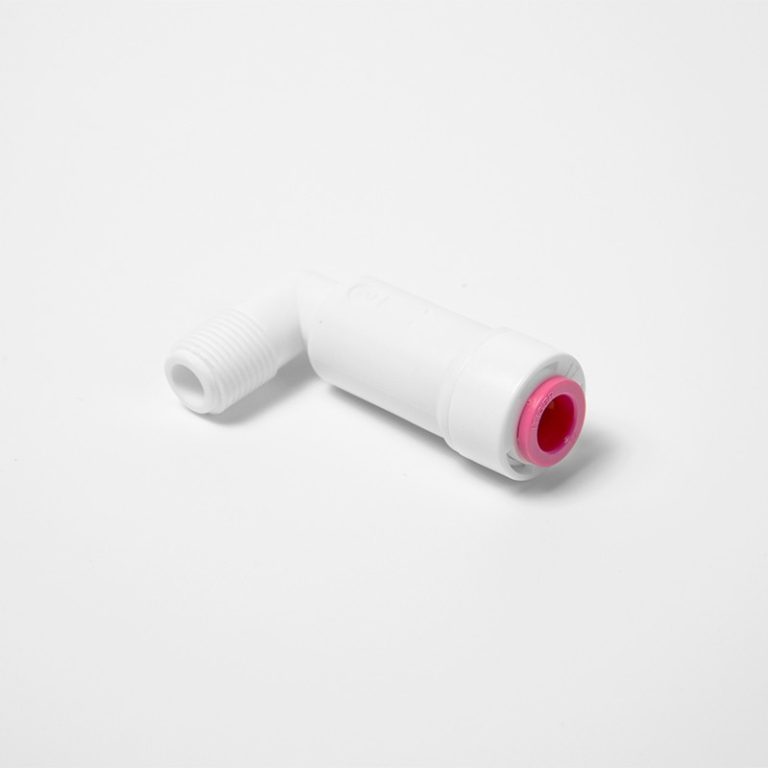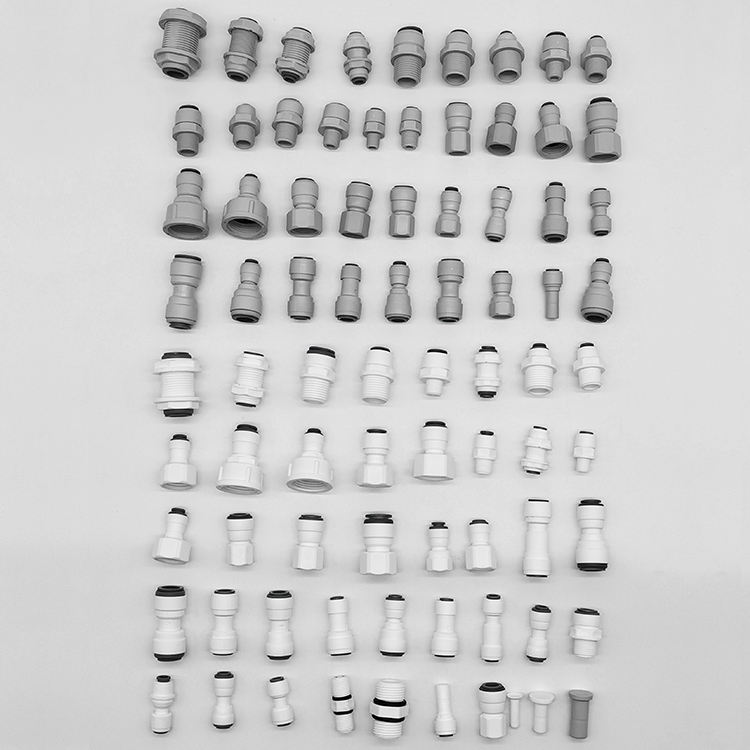“Measure surface resistivity with precision and ease.”
Understanding Surface resistivity meter and Its Applications
Surface resistivity meters are essential tools used in various industries to measure the resistance of a material’s surface to the flow of electricity. This measurement is crucial in determining the electrical properties of a material and is often used to assess the quality and performance of coatings, films, and other protective layers. In this article, we will explore the basics of surface resistivity meters and their applications in different industries.
Surface resistivity meters work on the principle of measuring the resistance of a material’s surface to the flow of electricity. This resistance is typically measured in ohms per square (Ω/sq) and is an important parameter in determining the electrical conductivity of a material. By measuring the surface resistivity of a material, engineers and technicians can assess its ability to conduct or insulate electricity, which is crucial in various applications.
One of the key applications of surface resistivity meters is in the field of coatings and films. Coatings are often applied to surfaces to protect them from corrosion, wear, and other forms of damage. By measuring the surface resistivity of a coating, engineers can determine its effectiveness in providing electrical insulation and corrosion protection. This information is crucial in ensuring the quality and performance of coatings in various industries, such as automotive, aerospace, and electronics.
In the electronics industry, surface resistivity meters are used to assess the electrical properties of materials used in electronic components and devices. By measuring the surface resistivity of materials such as printed circuit boards, insulating films, and conductive coatings, engineers can ensure the reliability and performance of electronic products. Surface resistivity meters are also used to detect defects and inconsistencies in materials, which is crucial in preventing electrical failures and malfunctions in electronic devices.
Another important application of surface resistivity meters is in the field of static control. Static electricity can cause damage to electronic components, ignite flammable materials, and pose a safety hazard in various industries. By measuring the surface resistivity of materials and surfaces, engineers can assess their ability to dissipate static charges and prevent static buildup. This information is crucial in designing static control measures, such as antistatic coatings, grounding systems, and ionizers, to protect sensitive equipment and personnel from static electricity.

In the construction industry, surface resistivity meters are used to assess the quality of concrete and other building materials. By measuring the surface resistivity of concrete surfaces, engineers can determine their ability to resist the flow of electricity and prevent corrosion of embedded steel reinforcement. This information is crucial in ensuring the durability and longevity of concrete structures, such as bridges, tunnels, and buildings, in harsh environments.
In conclusion, surface resistivity meters are essential tools used in various industries to measure the resistance of a material’s surface to the flow of electricity. By measuring the surface resistivity of materials, engineers and technicians can assess their electrical properties and ensure their quality and performance in different applications. From coatings and films to electronics and static control, surface resistivity meters play a crucial role in ensuring the reliability and safety of materials and products in various industries.







